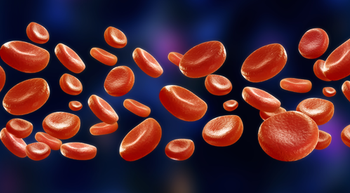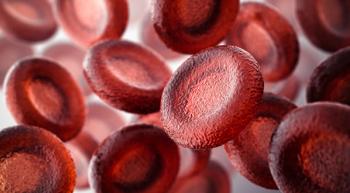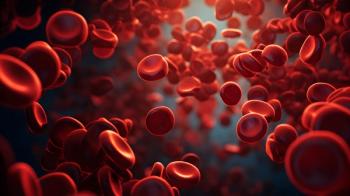
Exploring the Need for Better Melanoma Surveillance
Surveillance of potentially cancerous skin lesions is key in early detection and treatment of the disease, which vastly improves outcomes.
Surveillance of potentially cancerous skin lesions is key in early detection and treatment of the disease, which vastly improves outcomes.
Since 20 %to 30% of patients with stage I or II primary cutaneous malignant melanoma will face a recurrence, it is crucial that this patient population — along with their caregivers – can spot something on their body that should be seen by their dermatologist or oncology team, according to a study presented at the Oncology Nursing Society Annual Congress.
“We felt it was important to conduct this project because it was almost self-evident that patients’ health support teams were playing a huge role in detecting melanomas. And we were doubtful that existing melanoma education programs were being designed with this in mind,” Andrea Fry, AOCNP, FNP-BC, NYU Langone Health, said in an interview with Oncology Nursing News.
Fry and her team conducted 10-minute interviews with 20 patients being treated for melanoma at the NYU Perlmutter Cancer Center. Participants were asked about warning signs of melanoma; how to do a self-exam; and had a prompted discussion based on 20 different images of skin lesions. After showing the patient a picture of a lesion, the researchers would ask, “Would you bring this lesion to the attention of your dermatologist, and why?”
They were also asked if they were given sufficient education from their healthcare providers on skin surveillance and suspicious lesions, whether or not they wanted to take an active role in their surveillance, and if their health support team (family members, spouse, etc.) currently assisted them in skin surveillance. This question, which may not be discussed as frequently, was particularly important, Fry said.
“At least one half of a patient’s cutaneous surface can’t be seen by that patient, for example, the back, buttocks and scalp,” she said. “To add another set of eyes to surveillance solves that problem.”
More than half of the participants (55%) reported that they agreed or strongly agreed that they had received sufficient education from their healthcare providers on melanoma, self-skin surveillance, and characteristics of suspicious lesions.
However, those that said the opposite reported they strongly disagreed, disagreed or were uncertain that prior education from their healthcare providers on melanoma had been adequate.
“I think this is just indicative of how uneven melanoma education has been conducted across this population. Some providers are making it part of their practice and others are not. Some providers are doing a better job of it than others,” Fry said. “Clearly there’s room for improvement.”
All patients reported that they wanted to take an active role in their skin surveillance, and that they found the education session to be useful, and most of them expressed that they would like to have education beyond what they received in the melanoma education program.
“It’s always a good thing when patients are involved in their own healthcare and want tools to do so,” Fry said, noting that the goal is not to turn patients into diagnosticians, but to help them be more aware of when they should have something checked out by their physician.
Moving forward, Fry is hoping that these findings will help improve patient education, while also involving caregivers and loved ones, as they are on the “front lines” of their own surveillance.
Reference:
Fry A. Strategy for Improving Surveillance Education of Melanoma Patients and Their Health Support Teams. Presented at: ONS 43rd Annual Congress; May 17-20, 2018; Washington, DC. Poster 532.
Newsletter
Knowledge is power. Don’t miss the most recent breakthroughs in cancer care.

















































































